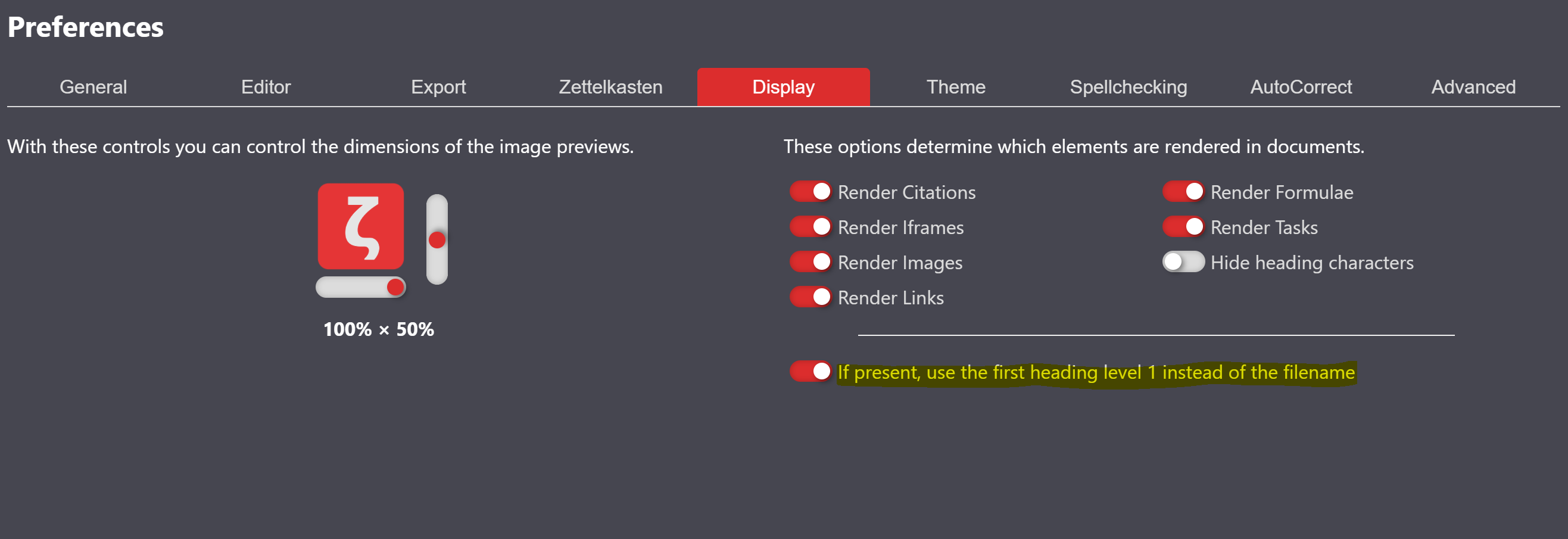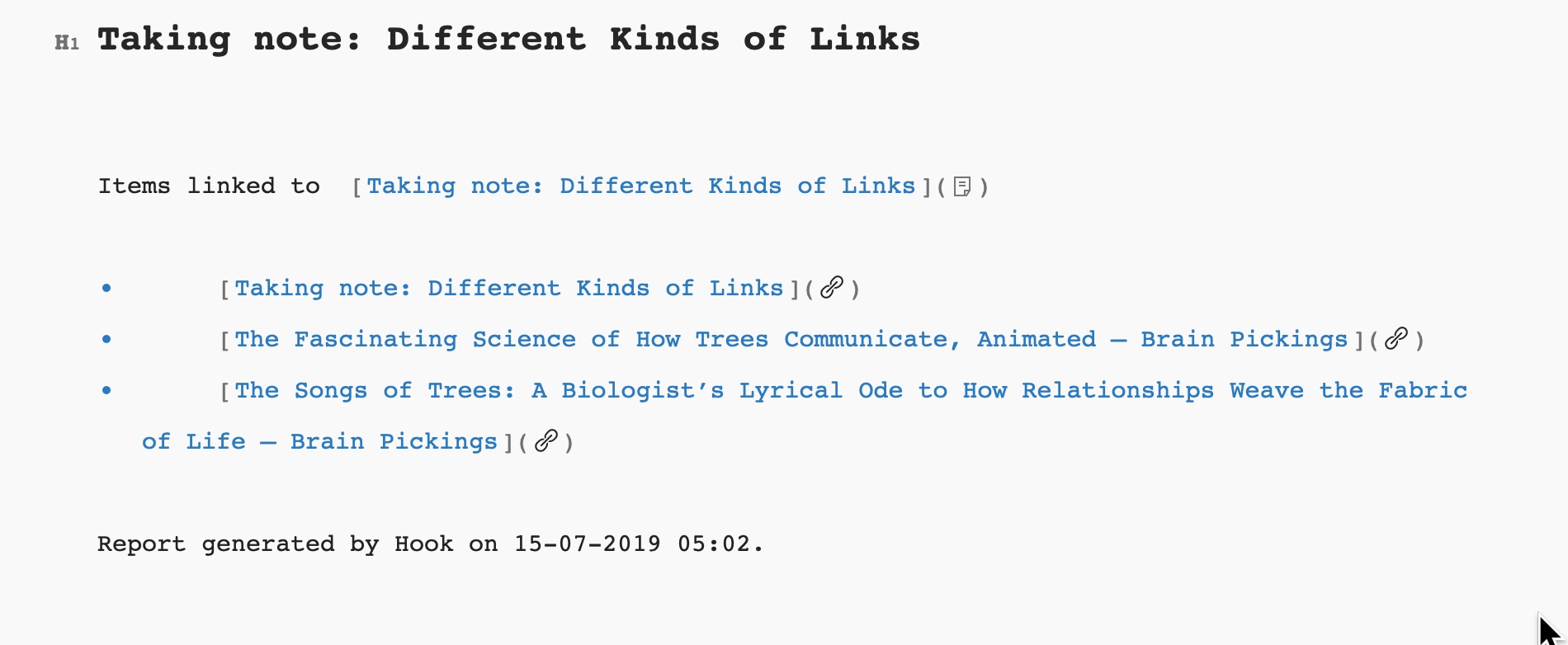
By separating control plane and data plane functions, SDN allows individual packet flows to be routed through the appropriate service layers as needed. By virtualizing network functions, NFV allows network functions to be placed anywhere in the infrastructure and be moved as necessary. This new virtualized infrastructure is based on open standards for SDN and NFV. By virtualizing these network services, providers can offer customers these services dynamically, with the ability to spin them up down on demand.” Examples of VNFs include routing, firewalling, load balancing, WAN acceleration, and encryption. These software-based services are called Virtual Network Functions (VNF) and would run in an NFV environment.
FSNOTES VS NVULTRA SOFTWARE
NFV deployments typically use commodity servers to run software versions of network services that previously were hardware-based. Other approaches use an integrated hardware and software-approach.”įurther, he offered that “the fundamental idea of NFV is to virtualize network services and abstract them from dedicated hardware. Some SDN implementations use a software-based management platform that controls commodity network hardware. The goal of this disaggregation is to create a network that is centrally managed and programmable. What is SDN? What is NFV? What's the Difference?īrandon Butler offered a clear definition of these technologies in his 2017 article, “ What’s the difference between SDN and NFV?” In that article, he described Software Defined Networking as “the idea of separating the control plane of a network from the data plane that forwards network traffic. Service providers will be in a position to offer differentiated services to their customers through their control of the orchestration platforms. These virtual network elements can be controlled from external software systems where the service creation and orchestration intelligence resides. During this transformation, several central offices will convert from legacy architectures of purpose-built network elements to virtualized architectures with commercial off-the-shelf platforms hosting virtual network elements. This is a very significant transformation, similar in nature to the TDM-to-IP transformation that started in the late 1990s. Furthermore, the total cost of ownership can be reduced through improved automation and orchestration capabilities.


The tight integration between services software and purpose-built hardware has made it increasingly difficult to manipulate services “on-demand.” The business rationale for this transformation is to create a more dynamic and service-agile infrastructure where existing services can be changed “on-the-fly” and new services can be delivered rapidly in response to changing customer needs. Over the years, service provider networks have become complex, rigid, and inflexible in terms of service creation and delivery, slowing down the innovation cycle and driving up their capital and operational expenses. Assuring the continuity of quality network services through this network evolution requires real-time visibility at the most granular level of these transitory virtualized elements. With virtualization, service providers look to gain control of service creation and innovate faster in response to customer and market needs and opportunities as well as to meet competitive challenges. Many service providers have embarked on a major initiative to migrate their IP networks from purpose-built platforms to virtualized, software-based platforms heralding a new era of “programmable networks.” Service providers are increasingly looking to implement Network Function Virtualization (NFV) and Software Defined Network (SDN) technologies to evolve their networks to become more agile and elastic, better managed and orchestrated with automation thereby driving lower CAPEX and OPEX.


 0 kommentar(er)
0 kommentar(er)
